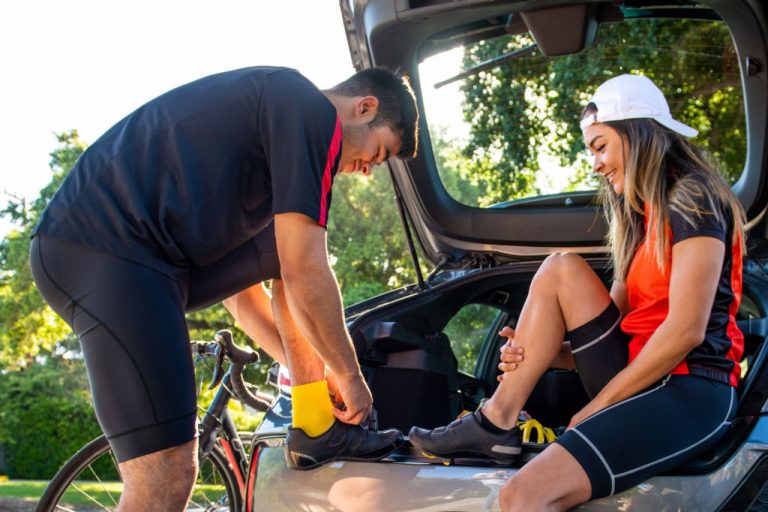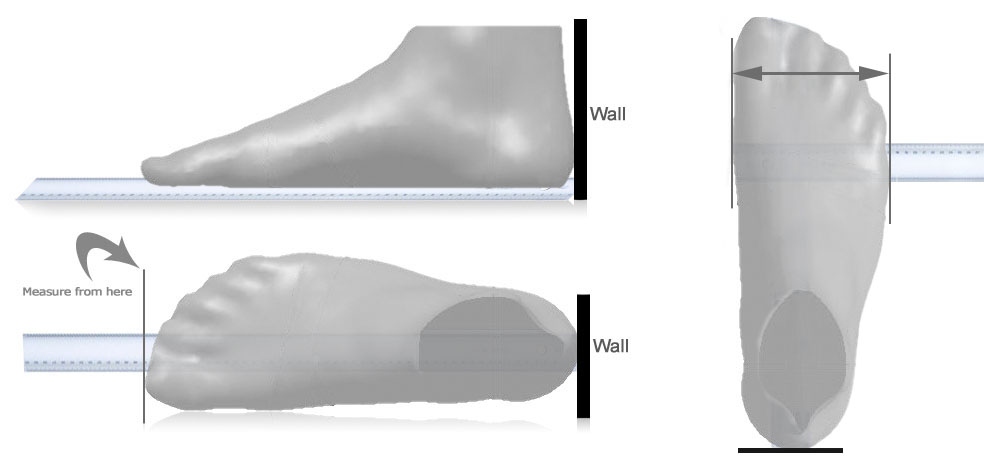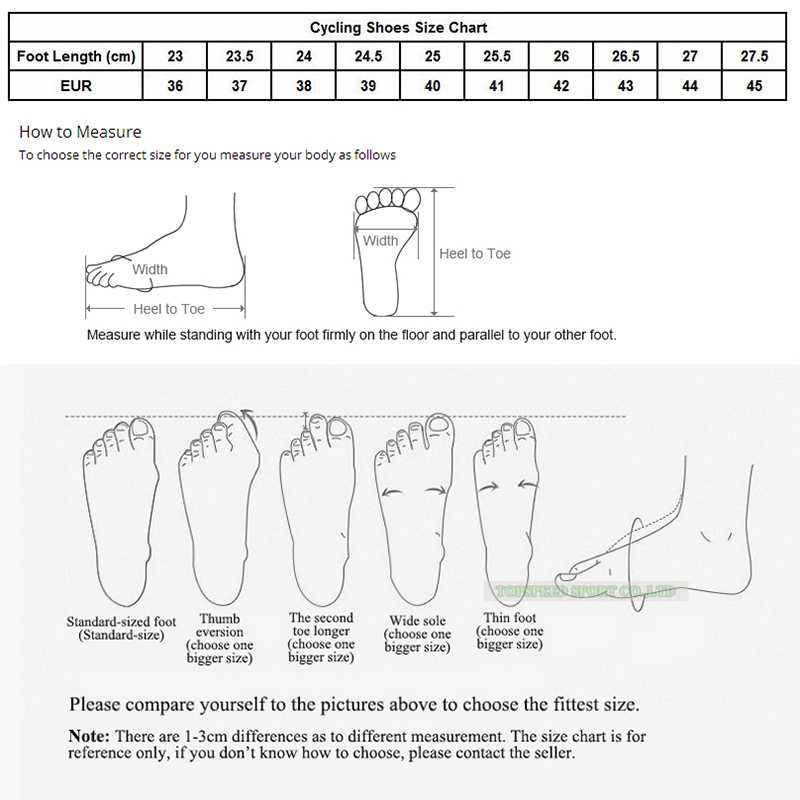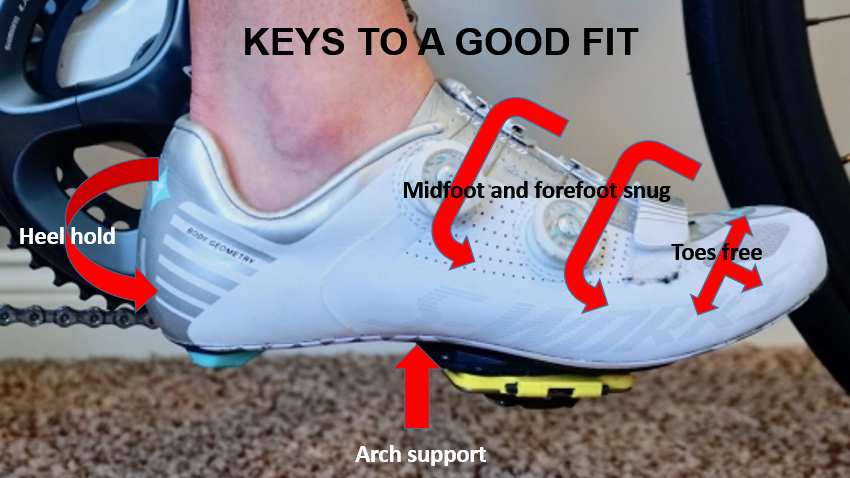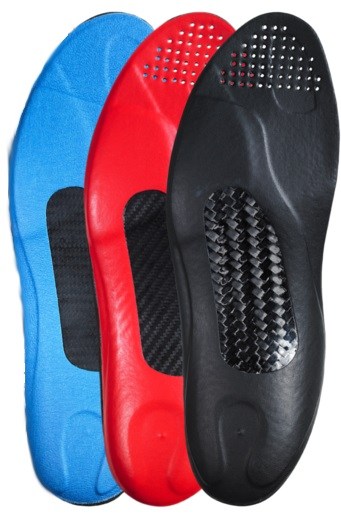Walking through life we spend most of our energy choosing the right shoes, as aptly put by Ljupka Cvetanova, author of The New Land. People new to cycling often go and get shoes a size bigger as they would do with their trainers. Or a person with wide feet taken up with the narrow Italian look and buying a larger size to compensate. Wrong, wrong move. Positioning the cleat correctly on the shoe goes awry and the wrong placement of the cleat affects the loading of the foot on the power stroke which is wasted effort. Having said this why don’t we take a closer look as to how should cycling shoes fit.
How Should Cycling Shoes Fit
1. The Width
The widest part of your feet is the front along with the balls of the foot. Some people have splayed toes and here the widest part is right in the front. This area is where contact is made between foot and pedal and where pressure is exerted to power the pedals. When you buy a pair of shoes, wear them and make a cycling motion. If you feel any untoward pressure in this region, you have the wrong pair. There should be absolutely no space on the sides. A sideward movement of the feet can lead to injury.
2. Shoe Length
Extra space in the front unlike in trainers or jogging shoes is no for cycling shoes. It is alright with running shoes because the natural feet motion will abut the front of the shoe. With either spinning or cycling, the foot is not subjected to much rolling motion. A little freedom from cramping your foot is allowed; a few millimeters from the big toe to the insole foremost part should suffice.
When fitting out your shoe, match it against the insole to figure out where the ends fall.
Push your foot back so that the heel is in full contact with the shoe end and see how much room is left between the front end of the foot and the front of the shoe. A size chart is depicted below so you don’t go off-course at the start.
3. Firm Hold
A firm fit in the heel area is what the optimal shoe will offer. Two simple tests will reveal how well the shoe fits. One, it should not slip out when you walk in them and two, it should not pinch or cause discomfort. The correct seating is revealed by no movement of the heel, the shoe should sit firmly on the back of the foot. The upper of the shoe should firmly and comfortably encase the foot there. The shoe should feel firm and snug when you try it on. With shoes too big, there are miniature contacts causing pressure points on the foot, heel slip and hot spots.
4. Sound Closure
The locking system of the shoe begs a good deal of attention. And with good reason. It makes all the difference between a well-cosseted foot especially on the upward pull stroke by providing the required support. Buckles and velcro should not press come what may. As far as twist fasteners go, the deflection points for optimal stability should be positioned correctly. A dead giveaway that you have got it wrong is crinkling of the upper shoe which could cause pressure points on the foot. If wrinkles arise when the shoe is closed and fastened, it is a signal that your shoe is not a prime fit.
5. Stiff Soles and A Firm Upper Material
The golden rule is that the stiffer the sole, the better. This is applicable for comfort as well as performance. Yes, it does sound inconsistent. The foot is kept stable and inured from tiring. The upper material is somewhat different. It should hold stiff at power transmission points and at the same time pad the sensitive parts of the foot.
6. A Quality Insole
Cycling shoes come with a factory-fitted insole or footbed. While this fulfills the basic function of cushioning, the biomechanical aspect is set aside. These factory-fitted insoles are wafer-thin and do not take other factors into account. You will need to change it for something tailor-made for your specific arch and forefoot needs. Good insoles are fabricated by specialist companies and will be an additional but worthwhile expense. Some shoes come with considerable insoles that can be put to use as-is or customized with different thickness wedges that can be inserted or velcroed to the footbed.stiffer
7. Support for The Heel
This part is another crucial aspect. The heel part should be snug and firm fitting without pinching. The back end of the shoe should fully support the heel and not allow it to move around too much. This support is essential to prevent injuries when cycling or spinning.
How Tight Should Cycling Shoes Be
A cycling shoe that is well-fitting should be quite tight and close-fitting without subjecting the instep to unrestrained pressure. The shoe should also have a slight give or toe room at the end so as not to nip or tweak the toe or restrict the toe movement.
The focus of cycling shoes is to keep the forefoot stable, to transfer the power needed when you need to pedal hard. So it boils down to a fine balance of tightness and wiggle room.
Cycling shoes are designed not to stretch over a period of time. So it is significant that when fitting them, they are comfortable from the onset and fit the foot like a glove without compressing it in any way. Toe contact with the toe cap when you pedal is a dead giveaway that your shoe is too small and a size larger is what you require. Bear in mind that this is equally applicable to spin sessions though you will be utilizing indoor cycling shoes. Some shoes are either longer or wider than others. The only way to find out if they are a good match is to wear them before choosing.
A good tip here is to try out shoes after a ride or spinning. Feet tend to swell a bit and this is the litmus test that the shoe will stay true and comfortable at all times.
The Importance That Shoes Fit Correctly
A natural inclination is to go in for one size larger when buying trainers. You just cannot do that with cycling shoes. Then, the next question that comes to mind is how tight should bike shoes be?
Fore/ aft cleat positioning is a fundamental issue as it determines which part of the foot takes up the load during the power stroke. If it is too forward, the toes take the brunt with a rapid fall in power generation and increased strain on leg muscles. For maximum leverage, the pedal axle should line up with the balls of your feet. Sometimes it is impossible to have perfectly positioned cleats due to an atypical foot length or an unorthodox placement of cleat holes. The final recourse is to drill new cleat bolt holes in the shoes.
Some other aspects can dictate cleat positioning. Leg length differences (where one leg is slightly longer than the other) can be corrected using shims. Another common aberration is forefoot and rearfoot angulations; this too is correctable using wedges.
A predominant function of a good shoe is arch support. Energy release occurs on the pedal upstroke and this pushes back against the pedal. The arch comes in here and needs support.
Wrapping Up
As the story goes, for want of a horseshoe the battle was lost. This small treatise has amply given enough know-how on how to fit cycling shoes. It can now be well appreciated that performance and wellbeing are the end result of a minute follow up on the correctness of choices. No different is bike shoe fitting. So gentle reader, we hope that you stand to gain with this presentation and it has made you more discerning come the time when you need a new pair of biking shoes.
FAQs:
1. Do cycling shoes run true to size?
Cycling shoes of some brands veer towards running small. You should do the needful to size up when picking the correct pair. However, most will fit agreeably and not too tight and will run true to size.
2. How much room should there be at the end of a shoe?
One specialist recommends 3-5mm. As a general pointer, a well-fitting cycling shoe calls for snugness at the heel with instep pressure well distributed. The foot should never be pressing at the ends. A little toe room is required and the forefoot stable without pinching or any restriction.
3. How should triathlon shoes fit?
Like any other cycling shoe, a close fit is prescribed. Owing to the arduous nature of the sport, feet swell considerably and triathletes do not wear socks normally. The shoe should fit snugly because any blisters, etc. will be the end of your participation.
4. Do road cycling shoes stretch in width?
Yes, they do over time. In length, no, they not stretch. Different width styles are available in road cycling shoes. As for the rest, the cardinal rules apply; snugness, tight fit, etc.

